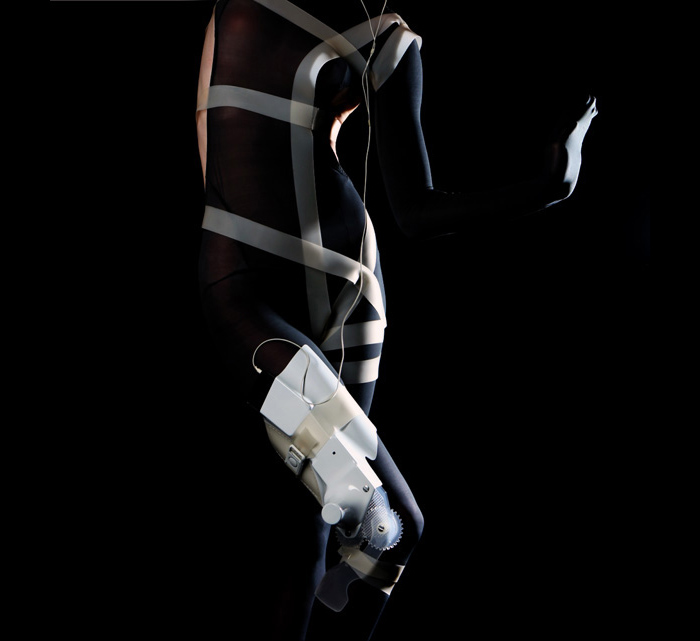Designer Jerry Mejia has created this concept design that explores ways to generate power through our movement called Tusk. "Whether running errands or running a marathon, our body movements can create a lot of energy every day – energy that is basically wasted since we tend not to capture and use it. The Tusk concept would harness the energy of the human body and use it to charge mobile gadgets. The system uses rotary dynamos, rectifiers and linear regulators to create electricity from the repetitive movements of its wearer. The power created by an active person can power a phone, iPod or whatever else needs a topping up." Continue reading on gajitz. Even in its cleverness, generating enough power and amps to power a consumer device like a phone or music player is still very challenging. Even with advancements in electricity-generating technology such as piezoelectronics and conductive resonance, we are just not there yet. So, I suppose Tusk is ahead of its time, but an evocative concept nonetheless.

More info and images at Yanko Design.